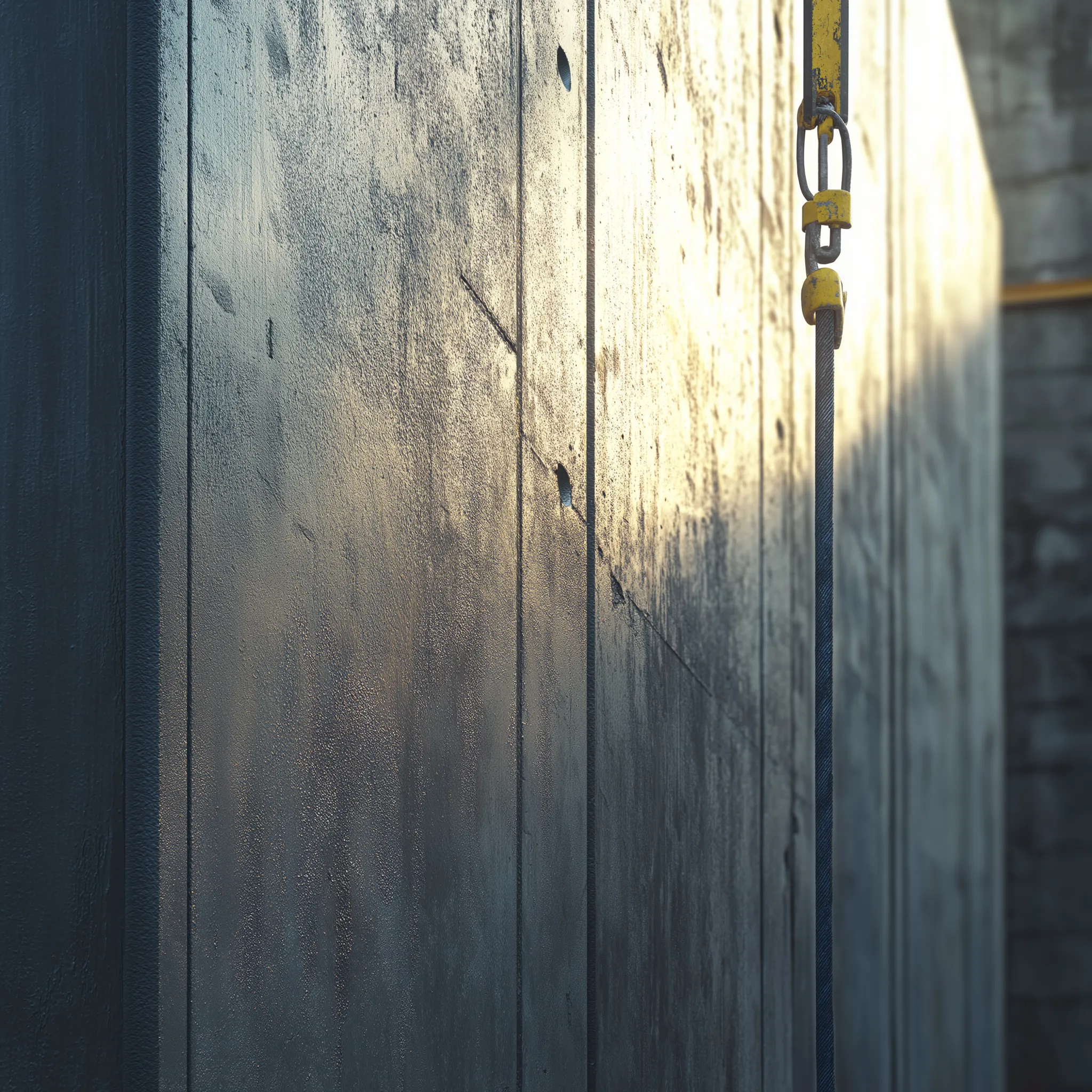In my nearly three decades in the concrete chemicals industry, I’ve seen considerable advancements in the technologies we use, but few are as fascinating as the science behind our reactive form release agents. These agents are critical in ensuring that concrete releases cleanly from forms, producing flawless surfaces without the labor-intensive cleanups required with older products. Today, I want to dive deep into the chemistry that makes our SpecChem form release agents so effective.
The Basics of Form Release Agents
Think of a form release agent like the non-stick spray you use in a baking pan. Its primary job is to prevent concrete from adhering to the forms during the curing process. Traditionally, this was achieved using basic oils that acted as a physical barrier. However, these oils often left residues that could complicate further construction processes, such as painting or applying sealants.
The Shift to Reactive Agents
The game-changer came with the development of reactive form release agents. These aren’t just barriers; they chemically interact with the concrete. At SpecChem, our reactive agents contain refined fatty acids that react with the free lime in the concrete. This reaction is not merely surface-level but involves creating a microscopic, soapy film at the interface between the concrete and the form.
How Reactive Agents Work
When you pour concrete into a form treated with a reactive agent like our SpecStrip Plus, a fascinating chemical reaction occurs. The fatty acids in the release agent react with the lime in the wet concrete to form a thin, soapy film. This film effectively reduces surface tension, allowing air and water in the concrete to escape more easily. This process minimizes common defects such as bug holes and honeycombing, ensuring a smooth, aesthetically pleasing finish without the blemishes that can plague untreated concrete.
Environmental and Health Benefits
In addition to improving the quality of the concrete finish, our reactive form release agents are designed with environmental and health considerations in mind. They are low in volatile organic compounds (VOCs), which means they emit fewer pollutants into the air during use. This not only helps protect the environment but also improves safety and comfort at the jobsite, making them ideal for use in enclosed spaces or near sensitive areas.
SpecChem’s Unique Approach
At SpecChem, we tailor our form release agents to meet diverse construction needs. For example, our Bio Strip WB is a water-based release agent formulated for environmentally sensitive projects. It uses biodegradable vegetable oils and offers the same clean release properties without relying on petroleum-based products. This versatility ensures that whether you’re working on residential foundations or intricate precast forms, we have a product that meets your specific requirements.
Continuous Innovation and Support
Our commitment at SpecChem goes beyond just supplying products. We’re dedicated to supporting our clients through education and training, ensuring they understand not just what our products do, but how they do it. Through our SpecMasters training programs and support materials, we provide in-depth knowledge about the application, benefits, and science behind our form release agents.
Understanding the chemistry behind what makes our reactive form release agents work so effectively allows our customers to make informed choices that lead to better results on their projects. It’s this blend of science, innovation, and support that has kept SpecChem at the forefront of the concrete chemicals industry. And as we continue to innovate, we remain dedicated to providing solutions that not only meet but exceed the needs of modern construction challenges.





